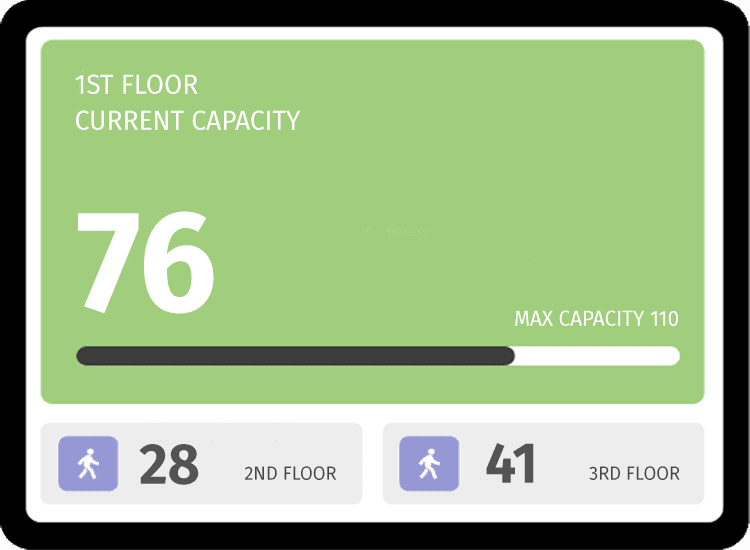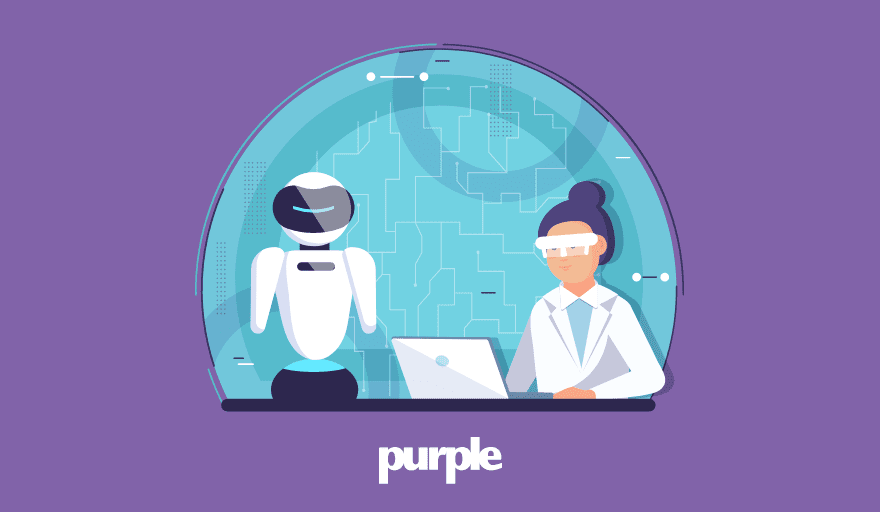Esports, healthcare technology, and occupancy management are some of the top technologies to look out for in 2021
Innovation in technology seems to be more and more rapid each year. But the COVID-19 pandemic has caused the rate at which technology evolves to accelerate further and in a way we have never seen before.
The COVID-19 pandemic has caused businesses to adapt their business through necessity rather than choice.
The majority of restaurants are now on UberEats, GrubHub, Deliveroo or another form of online ordering service.
‘Bring Your Own Device’ is now ‘Bring Your Own Office’ for many businesses and the majority of consumer transactions are now done online due to global physical location closures and restrictions.
As 2020 draws to an end, it feels more important than ever to look forward to the future of technology, that’s more than likely going to change the way we live and work even further.
Esports
During the pandemic crisis, a third of consumers have, for the first time, subscribed to a video gaming service, used a cloud gaming service, or watched esports or virtual sports events, according to a Deloitte report on 2020 digital media trends.
Within the report it also highlighted that a quarter of consumers rank playing video games as one of their three favourite entertainment activities.
With this in mind, for an industry that has started to mature and grow over the last 10 years, COVID-19 has rapidly accelerated the pace of an already growing market.
Trends such as streaming and steamers have become more and more popular over the years with even celebrity and rapper Drake buying ownership shares in an esports gaming company back in 2018.
It’s no surprise that more people are watching eSports videos and events considering how online platforms now make watching eSports content more accessible.

As you can see by 2023 the market is estimated to be valued at nearly $1.6bn, according to Statista.
Healthcare Technology
Globally, healthcare can be renowned for being a slower-to-adjust industry, but after being so heavily accelerated over the past year due to Covid-19, the innovation has no longer become a choice but a necessity.
The coronavirus pandemic has shifted the focus towards healthcare and the different types of technology that can assist in the current situation and in future healthcare crisis scenarios.
There have been huge investments into robotics, artificial intelligence, online consulting and other services aimed at improving the patient and healthcare experience.
The implementation of these proven technologies allows healthcare providers to not only better internal operations but also the patient experience.
In the US, patient experience has been proven to be linked to net margin increases of over 4% in high performing Hospitals.
So it’s imperative that healthcare providers look to these new technologies that allow them to regain public trust in terms of safety and ultimately to stay open.
Occupancy management automation
Grocery stores, retail stores and restaurants, are all businesses that need to keep an eye on the number of visitors in and out of their venues to improve the safety of their visitors, reassuring them that it’s ok to come back in stores and other indoor venues.
Venues who had initially started by manually counting people in and out soon became aware of its inefficiencies and quickly looked to technology that could assist them.
Many businesses have opted for platforms which automatically count the number of visitors in a venue, calculate the density and can be connected to display screens, creating a red light, green light style traffic system.
As bigger venues begin to open back up in the new year, it’s important to understand how this technology can be utilized to create physically safe environments for those who enter, reinstalling visitor confidence.

Cloud Computing
When the global pandemic emerged it forced companies to come to a halt.
No operations were being carried out, and no enterprise was able to visit their office for work.
As a result, the infrastructure for remote working became an instant necessity.
The companies that didn’t have this infrastructure faced a lot of issues in connectivity, data transfer, and continuing operations.
Businesses without the infrastructure looked to virtual cloud desktops, sometimes known as desktop as a service (DaaS), an environment of workstations delivered as a managed cloud service to a laptop or desktop.
DaaS delivers virtual applications and desktop services via a public or private cloud, this can then be accessed through an internet connection via web browser or secure desktop application.
These types of services usually offer a pay as you go subscription model, making it easy to scale up or down on demand.
Throughout 2021 it’s likely that as more and more businesses get to grips with cloud computing and adopting cloud modules that the rate of change will only accelerate further.
Mainstream 5G
3G and 4G technologies have enabled us to browse the internet, use data driven services, increased bandwidths for streaming on Spotify or YouTube and so much more.
5G services are expected to revolutionize our lives by enabling services that rely on advanced technologies like AR and VR, alongside cloud based gaming services like Google Stadia, NVidia GeForce Now and much more. It is expected to be used in factories and warehouses, HD cameras that help improve safety and traffic management, smart grid control and smart retail too.
All the major telecom companies such as Verizon, Tmobile, Apple, Nokia Corp, QualComm, are all working on creating 5G applications.
5G services are expected to launch worldwide in 2021 with more than 50 operators offering services in about 30 countries by the end of 2021.
